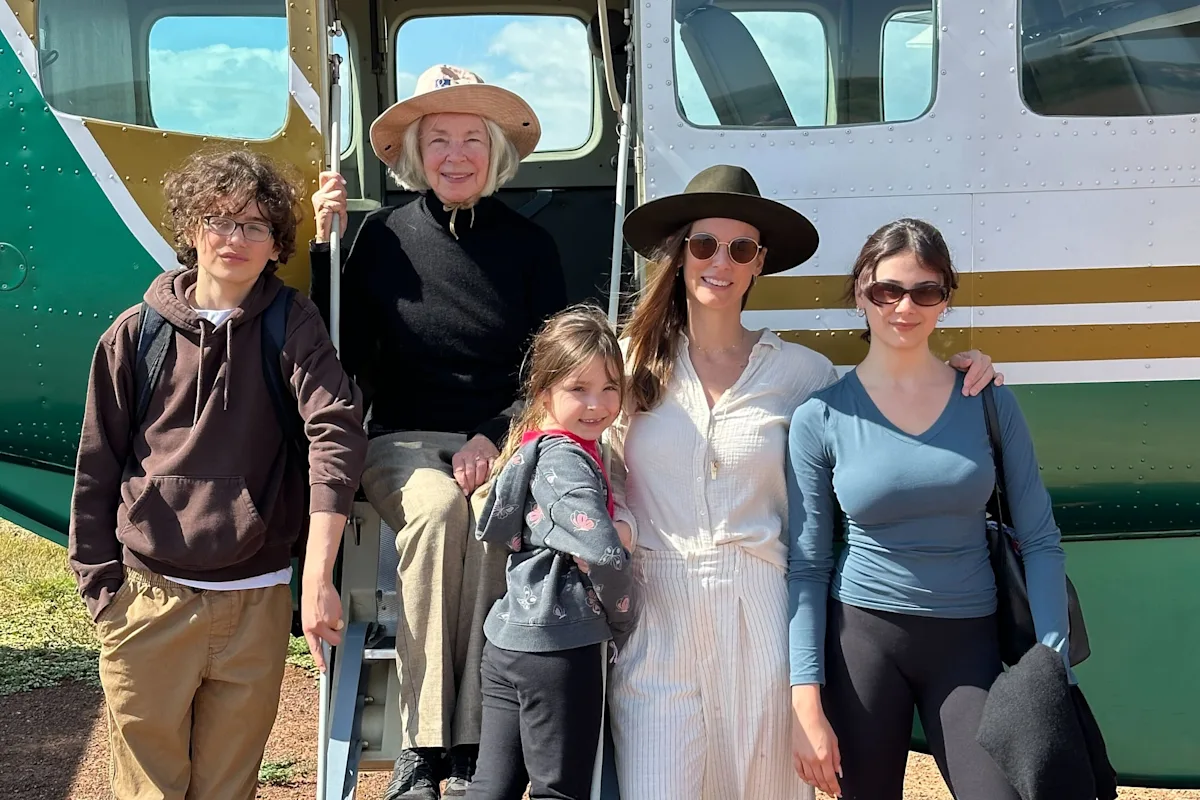
Earlier this year, I went on a nine-day Kenyan safari with our friends at Abercrombie & Kent. My family and I kicked off our trip in Nairobi, explored several nature conservancies, played with dogs (which play an important role in anti-poaching initiatives; more on that below), toured artisan workshops and stayed at some pretty special lodges.
Kenya deserves a spot on the top of every bucket list — not least because of the exceptionally friendly people and exceptionally epic wildlife you’ll meet when there. It’s really a special place, one I plan to return to again. Below, I’ve recounted my safari itinerary. It’s just a blueprint, of course. What worked for my family might not necessarily be what works for yours. But that’s the beauty of personalization. In Africa, there’s something for everyone.
Day 0: Arrive
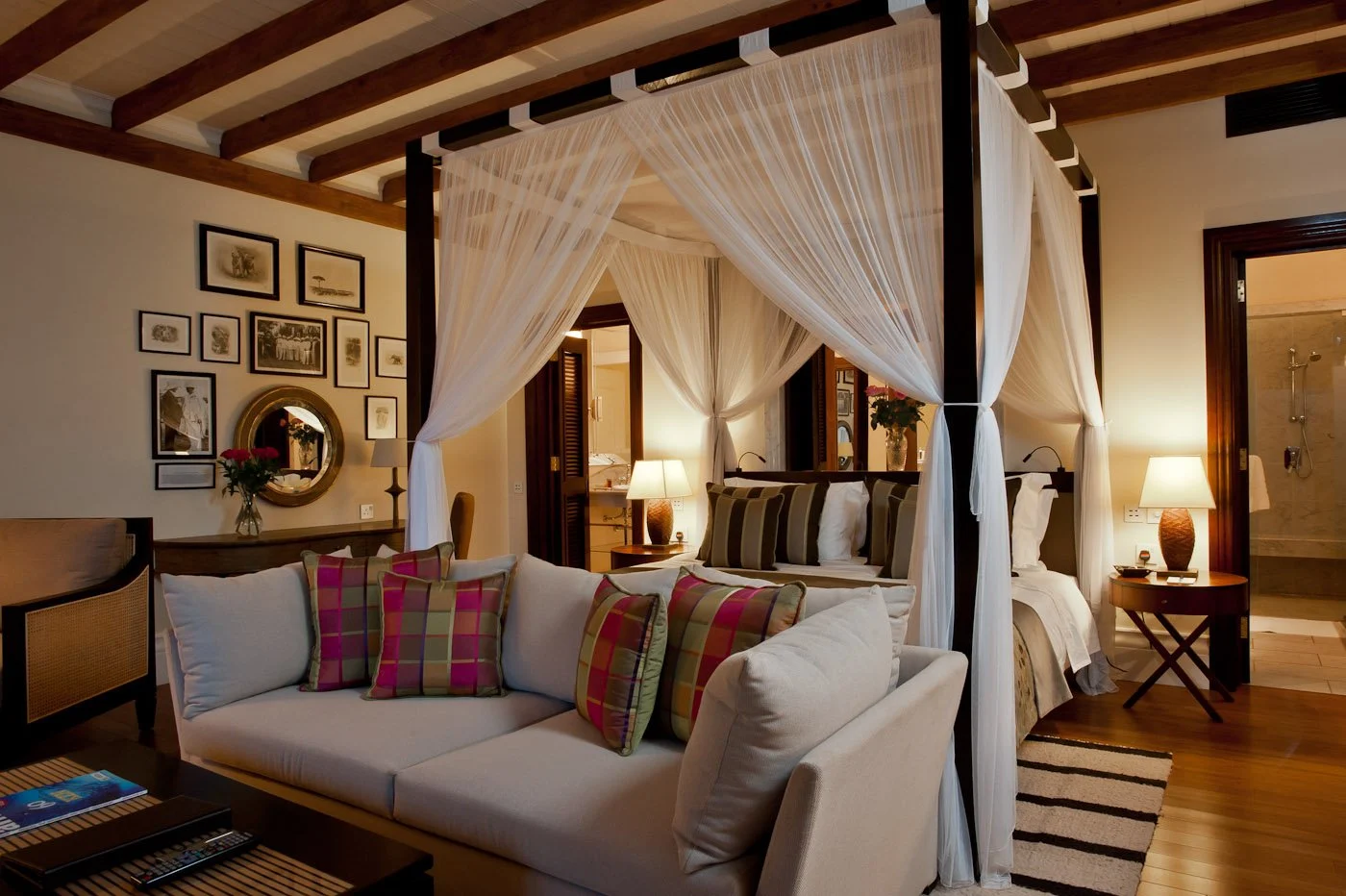
Image courtesy of Hemingways Nairobi
I touched down at Jomo Kenyatta International Airport around 10:30 in the morning. An A&K representative met my family and me and helped us through all the arrival procedures. Then we drove about 30 minutes to Hemingways Nairobi, our home for the next two nights.
Hemingways Nairobi is actually located in the town of Karen, an area named for Danish author Karen Blixen, who wrote Out of Africa. (Meryl Streep and Robert Redford later starred in the movie version.) The serene 45-room property gives British-explorer-chic vibes: canopied beds, towering ceilings, grand staircases and monkeys swinging above the breakfast tables by the pool. It’s the perfect place to kick off your safari.
Fora Perks:
Complimentary 50-minute massage for two, breakfast daily, an upgrade & extended check-in/out whenever possible.
Related article: Destination Debrief: Kenya
Day 1: Nairobi sightseeing
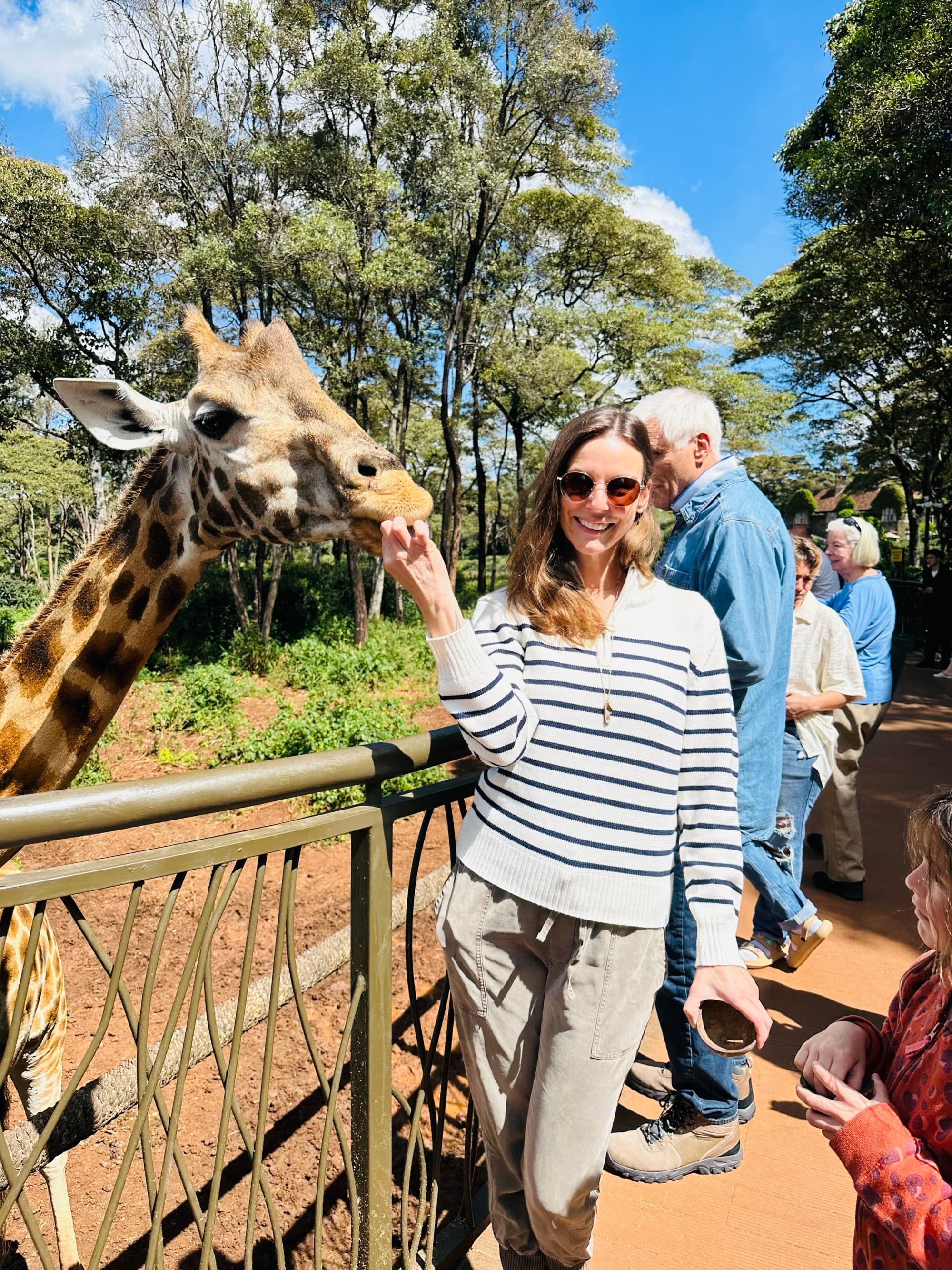
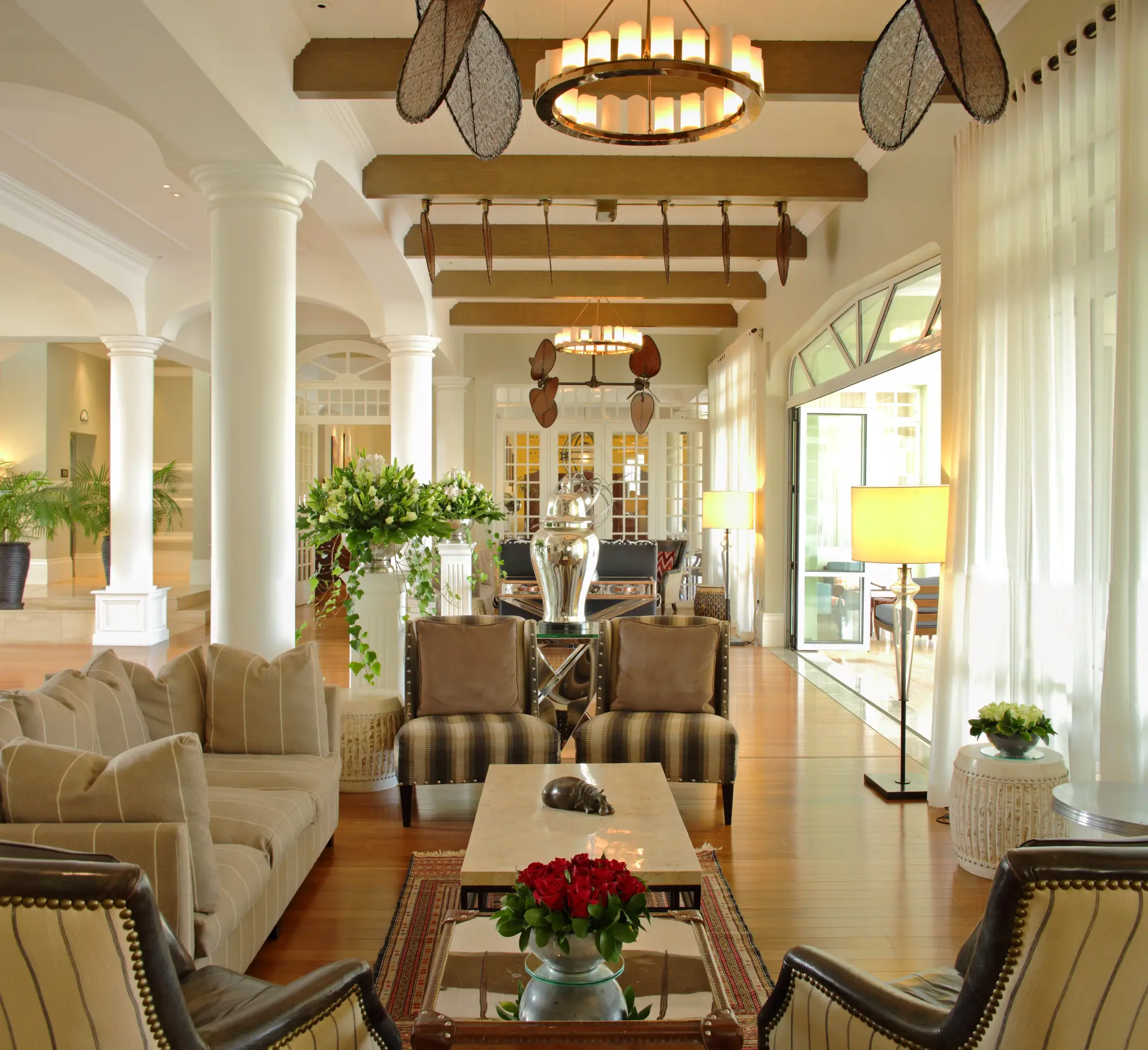


Right image courtesy of Hemingways Nairobi
Start your day at the Giraffe Centre, the headquarters of the African Fund for Endangered Wildlife. In the late 70s, the center was established to protect the then-endangered Rothschild giraffe. There are now over 300 Rothschild giraffes across Kenya’s national parks. You can visit (and even feed!) 10 such giraffes at the center. Today, Giraffe Centre is also committed to educating Kenyan school children about the country's wildlife.
After feeding the giraffes, head to Ocean Sole. Ocean Sole collects washed-up flip flops (47 tons each year!) and turns them into art. The workshop also employs over 100 local artisans full time. We toured the workshop and saw how the artisans work their magic. Then we got to sit down with one of the head artists to create our own flip-flop animals.
In the afternoon, visit the Karen Blixen Museum, just outside of Nairobi. The museum is the former home of its namesake. The home sits on a sprawling farm, much of which was used to grow coffee. It’s peaceful and gorgeous — a tranquil retreat with incredible views.
Day 2: Nairobi to Lewa

On any African safari, you’ll take several internal flights to get you from lodge to lodge. The planes are small, but they’re also a great way to see the landscape. Today, you’ll take a one-hour40-minute flight from Nairobi to Lewa Conservancy, a haven (and UNESCO World Heritage Site) for some of Kenya's most endangered wildlife species, including the black and white rhinos and Grevy’s zebras, plus over 400 bird species. Lewa is big about protecting its many species and helping communities value and protect the local wildlife.
Stay at the intimate, family-run Sirikoi Lodge. Your luxe tent (it’s the best kind of glamping) is sophisticated and homey, with tons of natural light, vibrant fabrics, and soaking tubs overlooking the landscape. Each tent is also primed for the best wildlife views. Take a guided trek, go on a game drive, ride a camel, fly over Mount Kenya, hang out with local tribes and lounge by the pool after a day of exploring.
Day 3: Lewa to Ol Pejeta
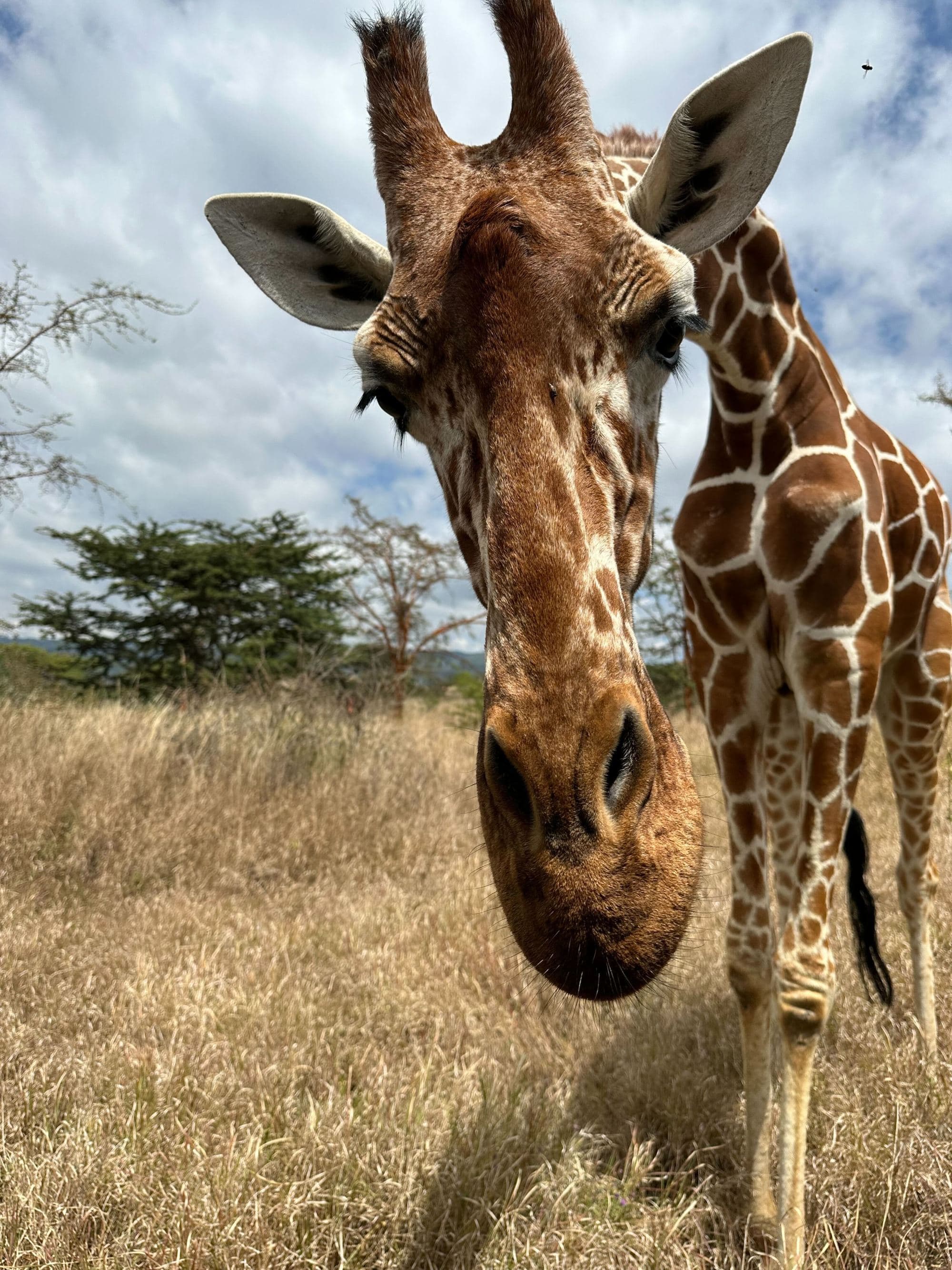
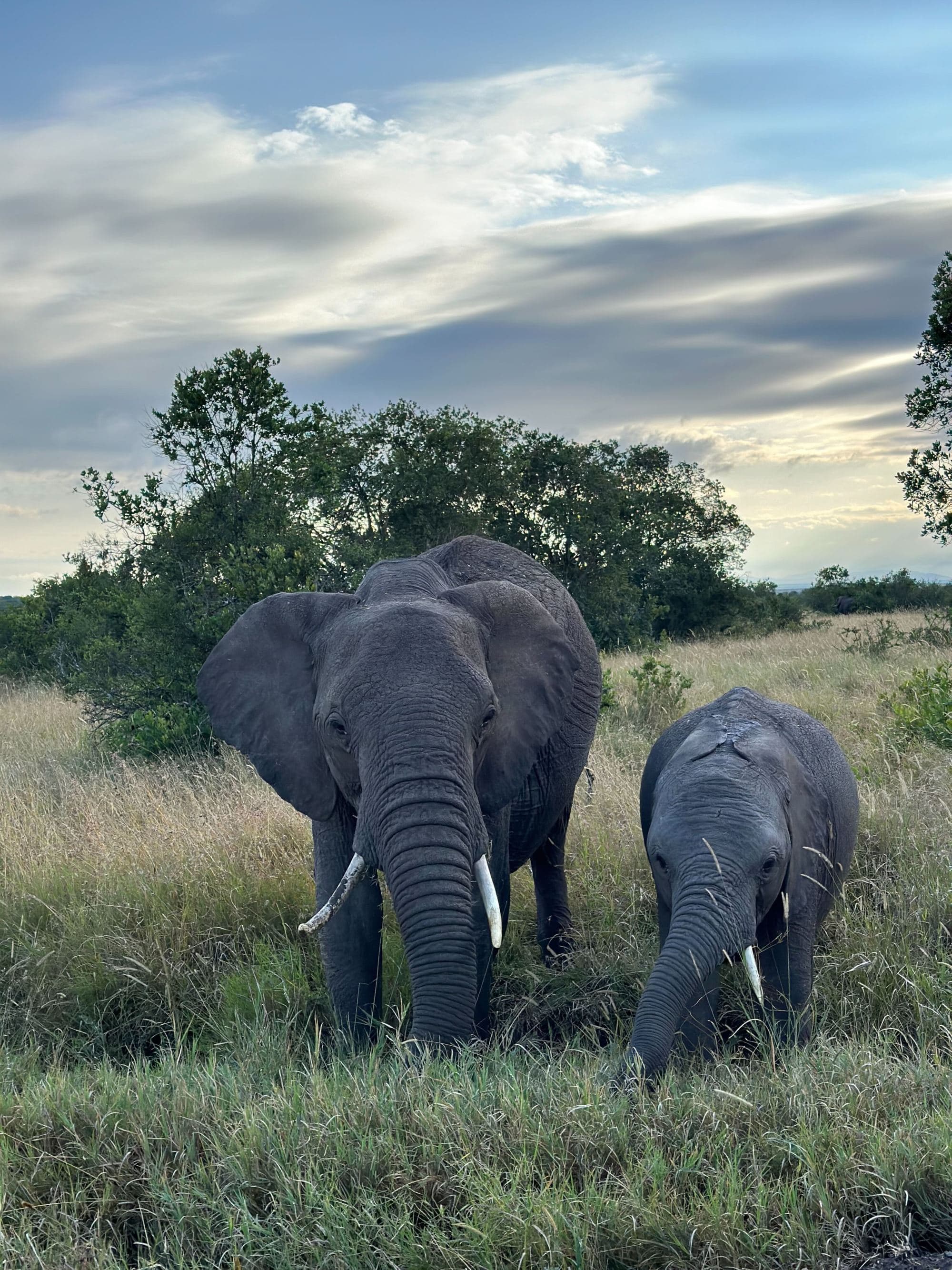


Today you’ll take another 20-minute flight to the 90,000-acre Ol Pejeta Conservancy, where your lodging, Sanctuary Tambarare, awaits. The lodge is tucked away in a fever-tree grove at the base of Mount Kenya. Ol Pejeta is well known for its rhino and chimp conservation efforts, but you’ll find lions, wild dogs, leopards, Grevy’s zebras and more roaming its expanse.
Sanctuary Tambarare comprises 10 modern safari tents (plus a new family villa, also tented) decorated in blue, white and tan. Each comes with floor-to-ceiling windows and a private veranda from which you’ll spot wildlife wandering by. In the evening, head to the boma for cocktail hour by the fire.
Day 4: Explore Ol Pejeta

Ol Pejeta Conservancy has one of the largest game-to-area ratios among Kenya’s parks and reserves. It has the fastest-growing population of rhinos in Africa, a testament to its dedicated conservation efforts. Ol Pejeta is also home to the world’s last two northern white rhinos, Najin and Fatu. The future of the endangered subspecies is unclear, but stem-cell therapy and in-vitro fertilization provide some hope to preserve the northern white rhino’s genes.
Visit the conservancy’s Conservation Center to learn about what the subspecies — and the species as a whole — has endured, and what steps have been taken to protect and foster their ongoing existence.
Dog tracking at Ol Pejeta is not to be missed. The conservancy’s canine unit plays an important role in its anti-poaching efforts. Learn about the dogs, meet their keepers, tour their kennels and play a game of canine hide-and-see. The game is fun, of course, but also serves as a training exercise for the dogs.
Day 5: Ol Pejeta to Maasai Mara
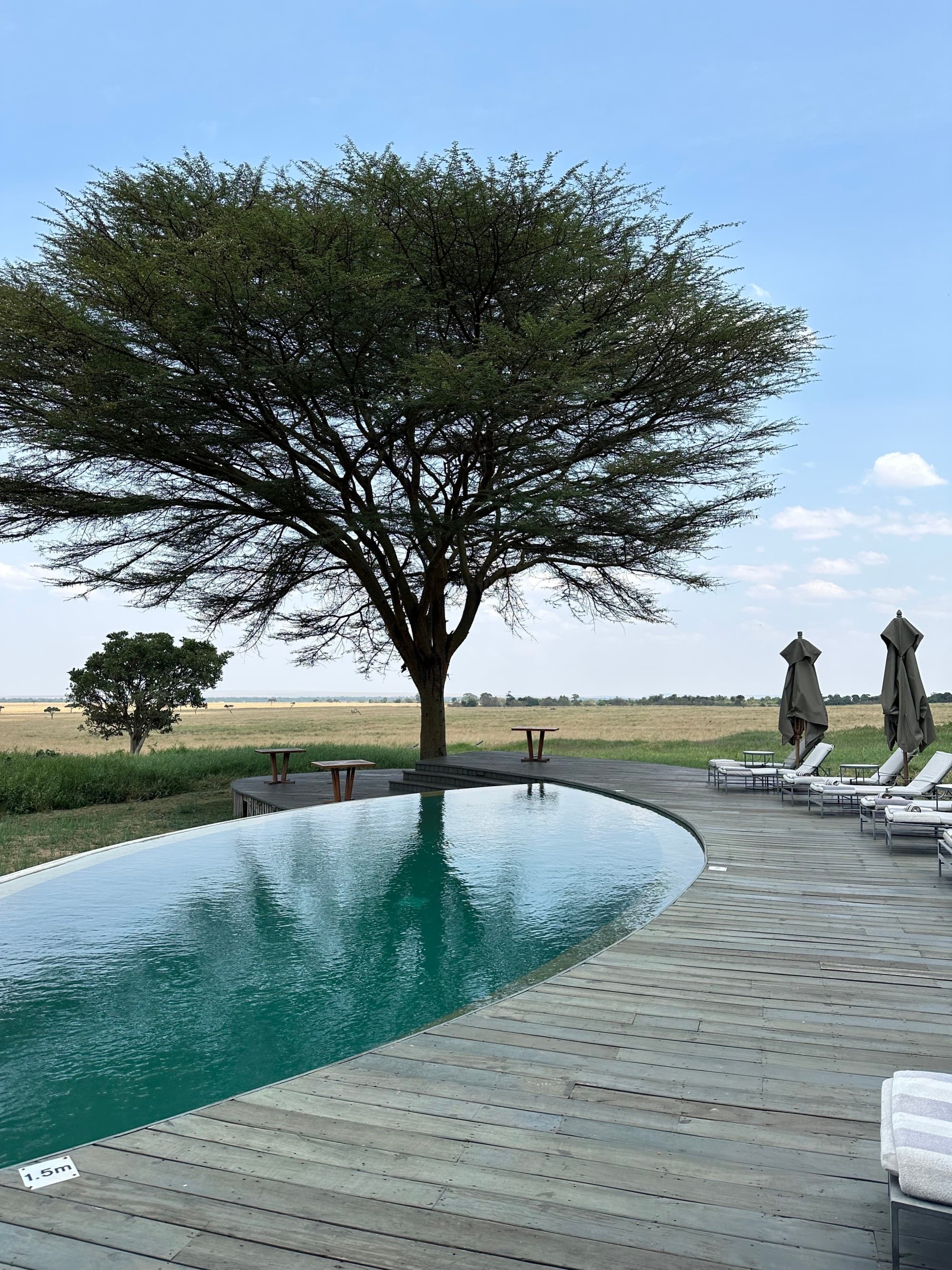
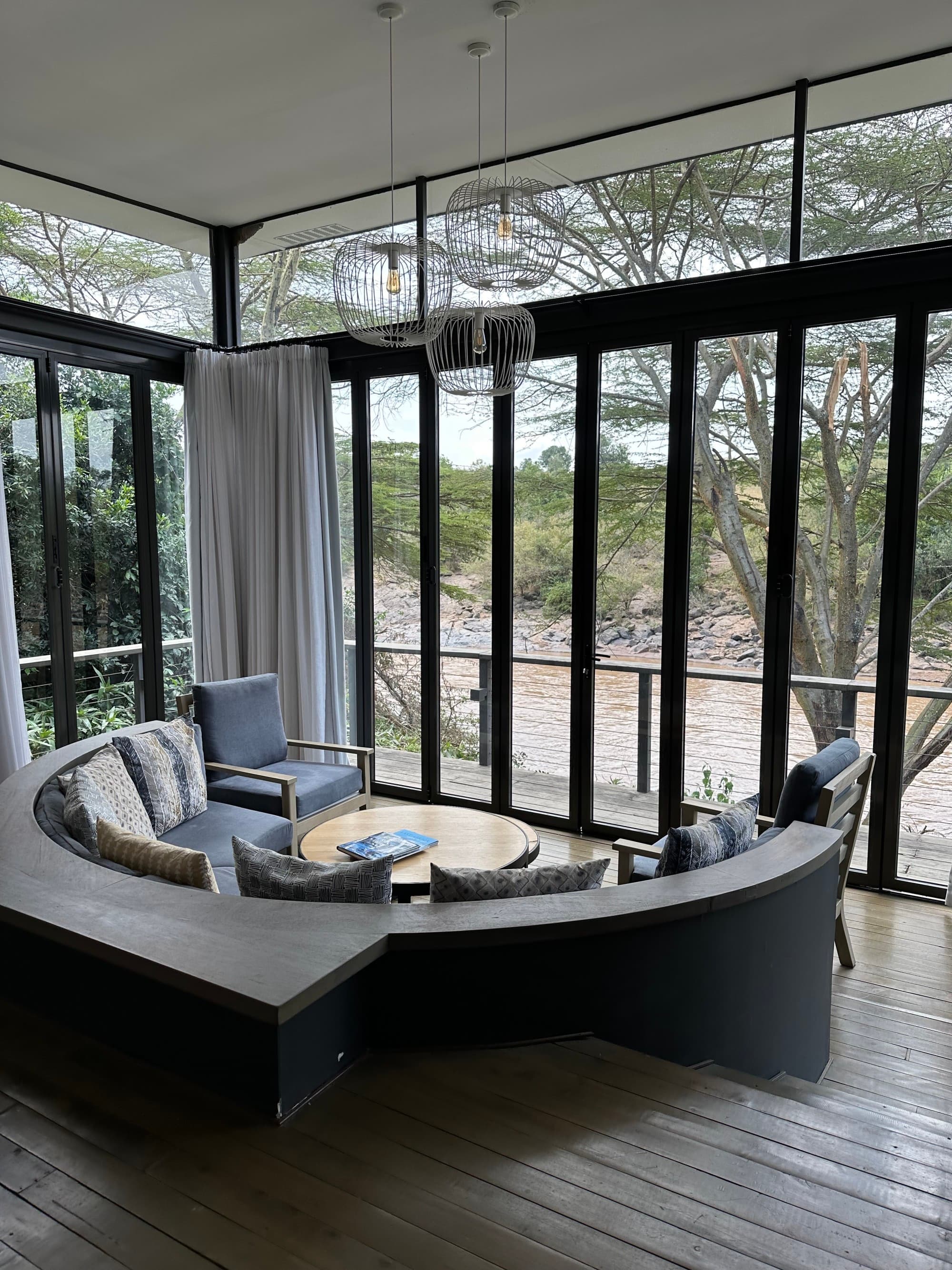


Hop on another short flight and head to the Maasai Mara. Game viewing is today’s priority. “Mara” comes from the Maasai word “maa,” which means “spotted”: The shadows of small clouds spot the Mara’s 580 square miles of savannah. The natural expanse is home to hundreds of species of animals (including over 600 bird species).
The Mara, together with the Serengeti, make up Africa’s most diverse ecosystem. It’s also where the annual wildebeest migration takes place. Wildebeests migrate north from the Serengeti in search of fresh pasture. They head back south around October. (Some of the herds are miles long.) When the herd meets the Mara River, it hesitates at its banks before diving in. Crocodiles eagerly wait in the water. The crossing is perilous, but well worth it to the survivors. Half a million Thomson's gazelle, half a million zebra and smaller herds of topi and eland also join the wildebeest during the migration.
Stay at the 14-suite Sanctuary Olonana, a luxury lodge on a private stretch of the Mara River. Nature-inspired furniture and floor-to-ceiling windows reflect the lodge’s incredible natural surroundings, including a direct view onto the hippos and crocs lounging in the river below. The lodge also supports dozens of local efforts, including a local primary school, an organic garden and indigenous tree planting, among others.
Day 6: Explore the Maasai Mara
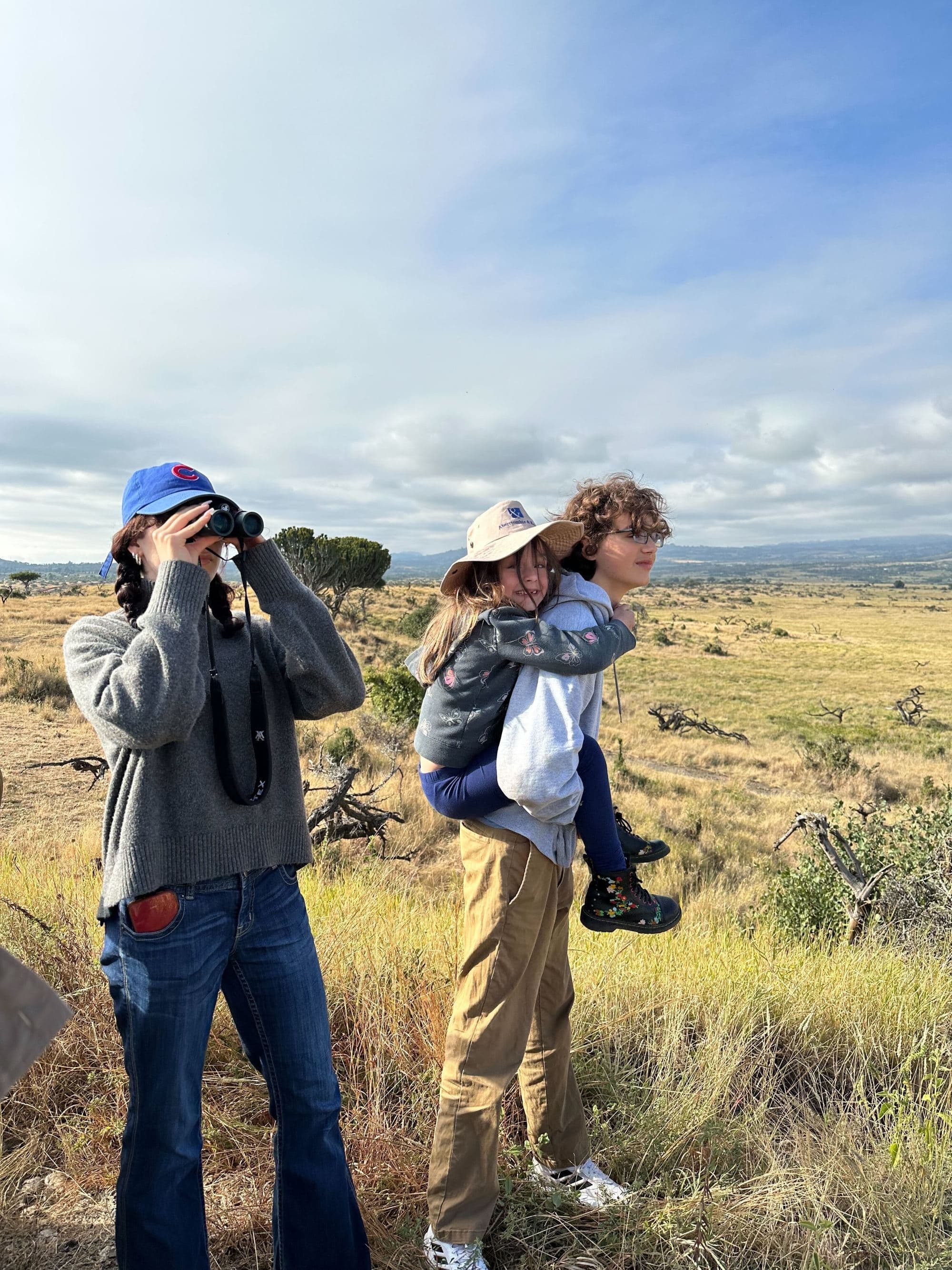
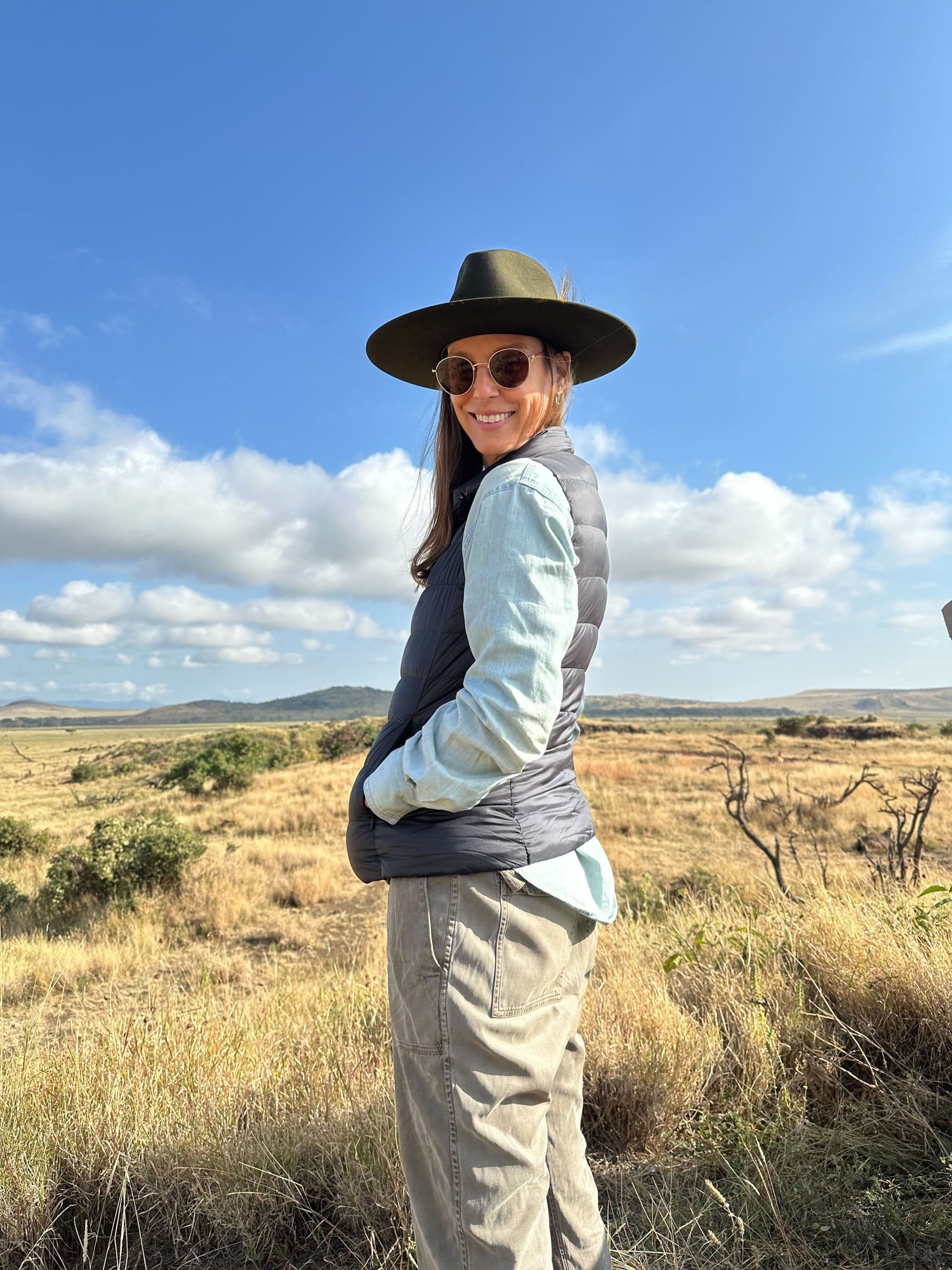


Today’s an early one. Sip on your hot beverage of choice before embarking on a morning game drive. Savor a late breakfast upon your return, followed by time to relax on the property. Late in the afternoon, go on an evening game drive, watch the sunset and head back to the lodge for an elegant dinner.
Day 7: Explore the Maasai Mara
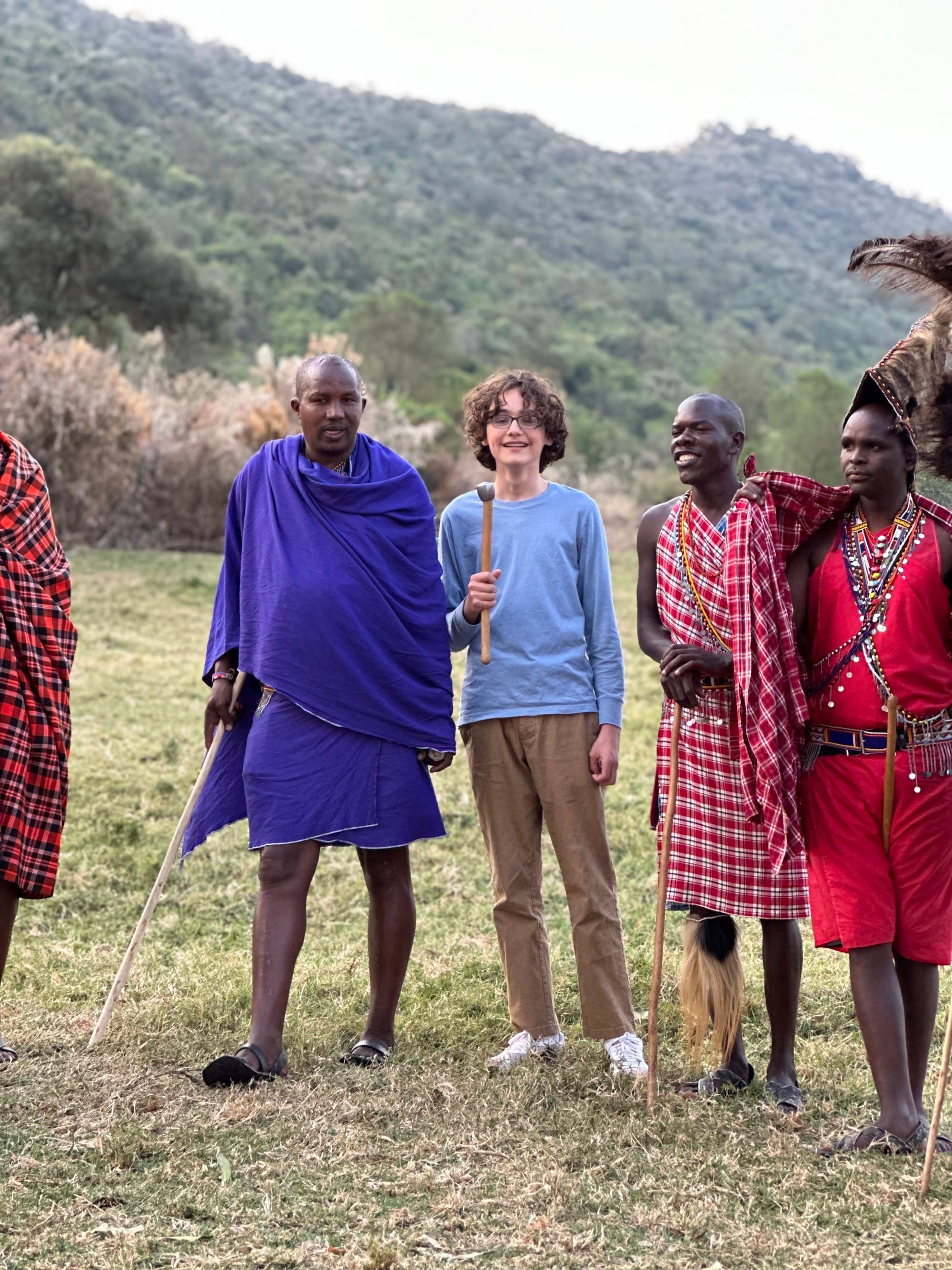
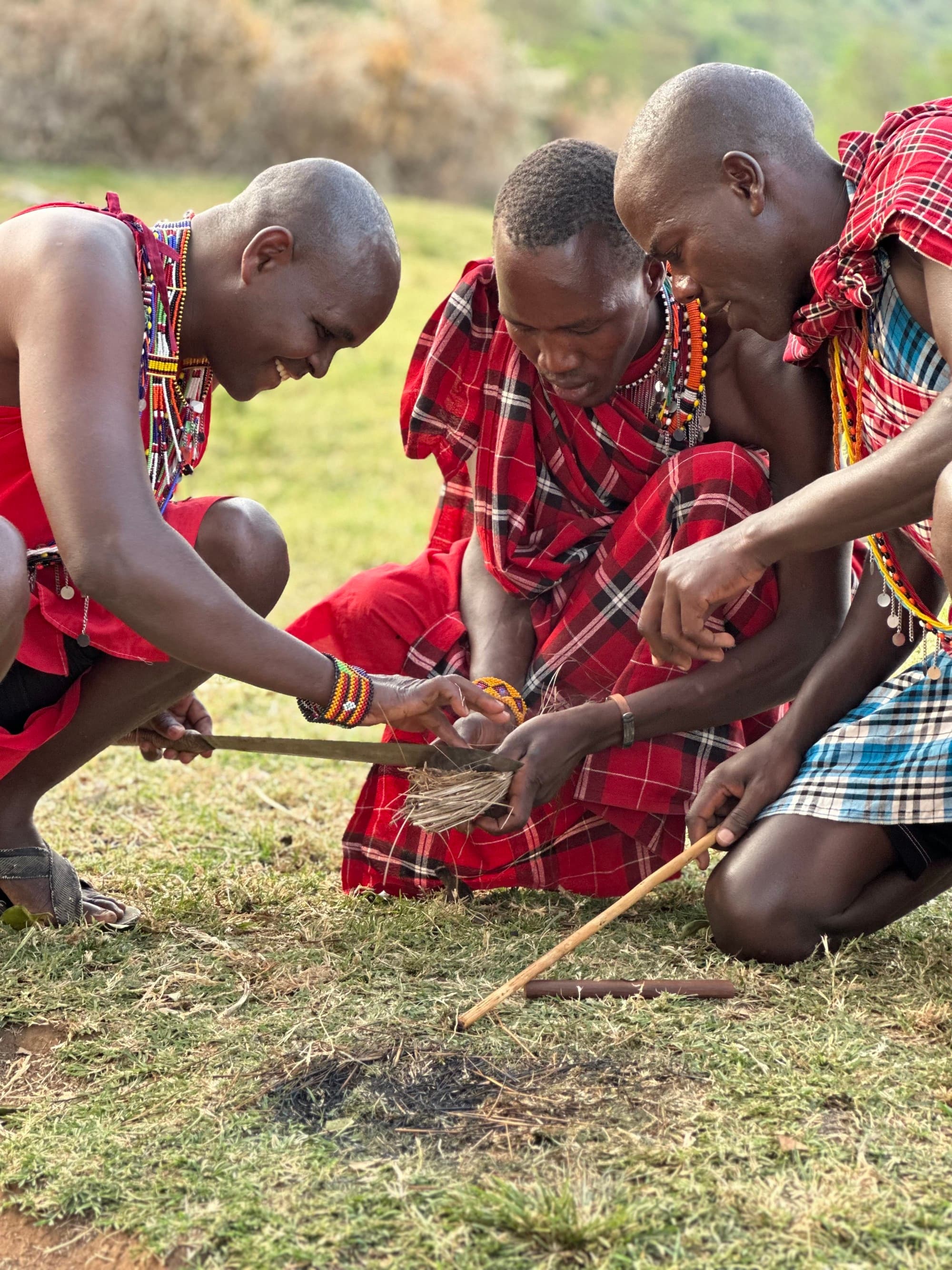


The Maasai Mara is vast. You’ll need several days to experience its magic. Today, visit a local Maasai village. The Maasai people, often clad in traditional red-and-blue clothing, are extremely hospitable — and impressively self-sufficient. Allow them to take you around their village and share their extensive knowledge of the natural world.
Days 8–9: Maasai Mara to Nairobi
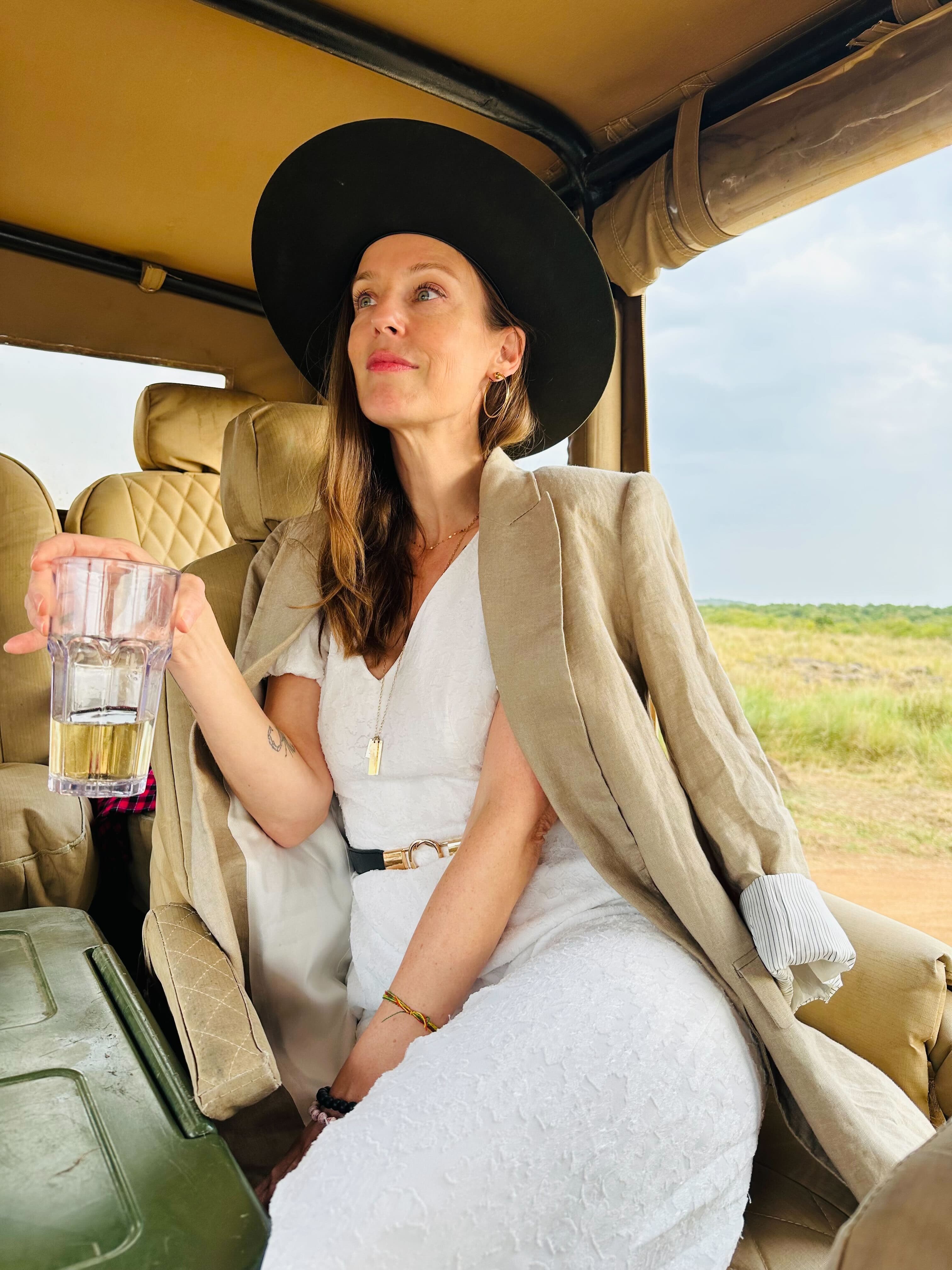
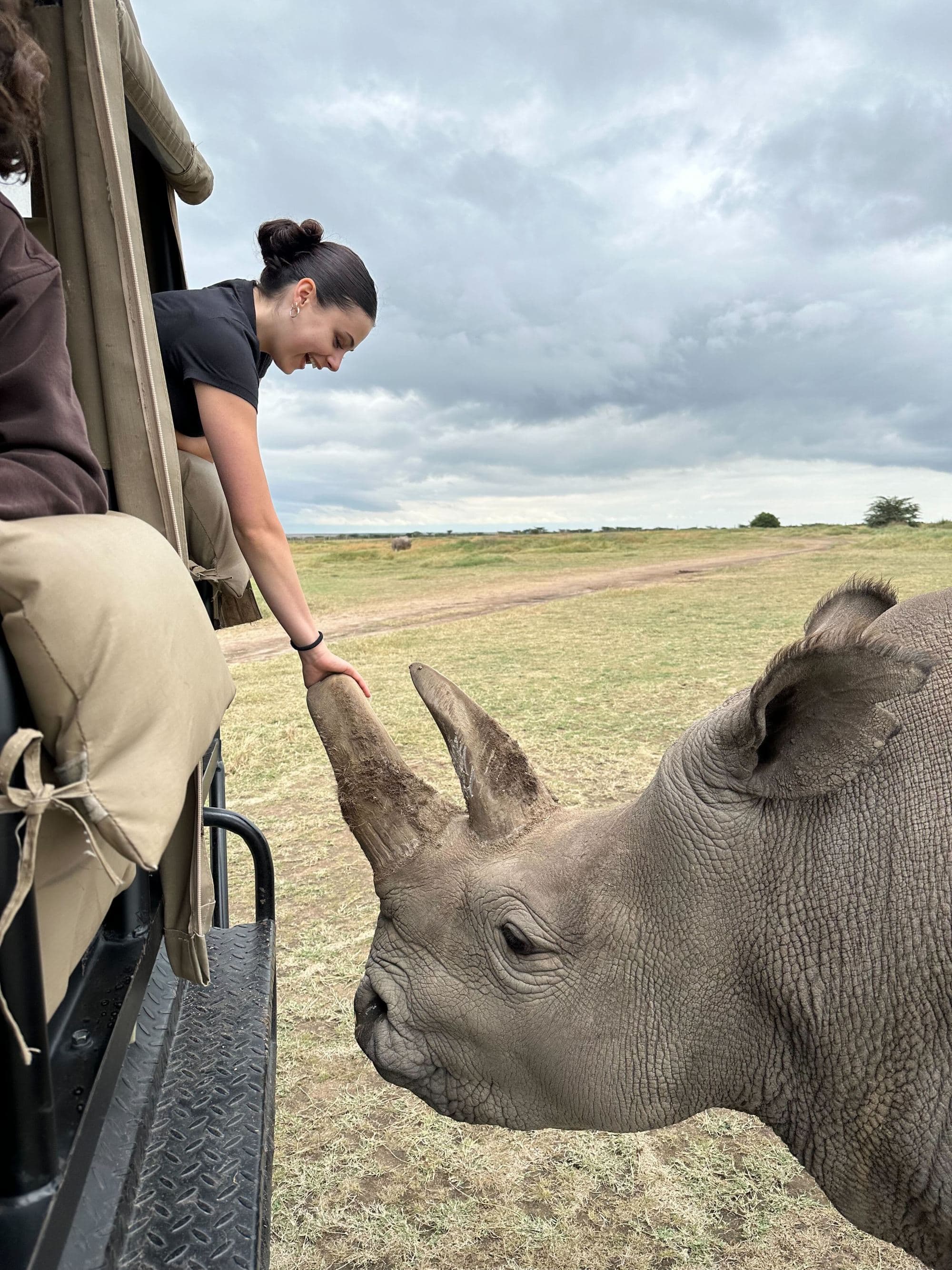


Fly back to Nairobi and spend a night near the airport before leaving the country the next day. A fair warning: You’ll find it hard to leave. Tears might be shed, especially when saying goodbye to your guides and local confidantes. (Connections form very quickly here.)
But this will not be the last time you visit Kenya. After you experience it once, you’ll be dreaming about (and planning for) your inevitable return.
